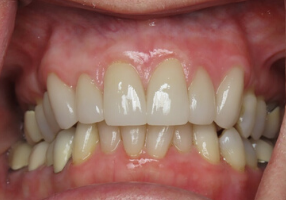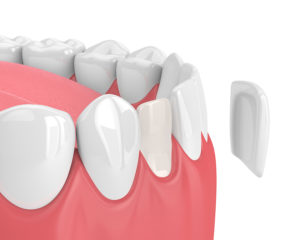By: Dr. Elizabeth Eggert
The earliest dental fillings date back between 6,000 and 10,000 years ago. Since the first fillings were created, dental fillings have been used to help millions of people preserve their teeth.
What Are of Dental Fillings Made of?
Dental fillings can be made from a combination of materials, including metal, plastic, glass, and other materials. The most common types of dental fillings are:
- Composite fillings: Composite fillings – also called filled resins – are a combination of plastic, glass or quartz fillers and can be colored to match the surrounding teeth. They bond to the existing tooth to provide extra support, and they don’t require as much of the tooth to be removed. Composite fillings hold up well, often at least 5 to 10 years, often longer!
- Amalgam fillings: “Silver” fillings, are really amalgam fillings, and are made of a mix of metals including mercury. Many people have had amalgam fillings hold up at least 10 to 15 years in their mouths, but in order to make space to hold the filling, amalgam fillings require more of the natural tooth to be removed and therefore, the overall tooth strength is decreased. Amalgams are generally not requested today because of their unsightly nature.
- Gold: Gold fillings can last a long time, often 15 to 20 years. Gold was a more popular choice before composite fillings were available. In today’s market, however, the cost of gold has made it impractical to use this material, not to mention the need for 2 appointments to complete a the filling.
- Ceramic: Ceramic or porcelain fillings often last more than 15 years, and they are more resistant to staining than the composite resin materials. With our CEREC restoration system, a ceramic filling can be completed in one appointment.
- Glass ionomer: Glass ionomer is a combination of acrylic and glass. It is typically used for fillings below the gum line or for fillings on kids. This material releases fluoride so it can help prevent further tooth decay. Glass ionomer usually lasts less than five years, but it a lot more moisture tolerant during placement so it can be a great material for certain situations.
Is It Time to Replace Your Dental Fillings?
Like all dental work, dental fillings need to be revisited and replaced with time. When you visit Eggert Family Dentistry, Dr. Elizabeth or Dr. Jeff can help determine whether it’s time to replace your fillings.
If you think it may be time to replace a dental filling, call our office at 651-482-8412 to schedule an appointment.



 One of the biggest perks of
One of the biggest perks of 
 A
A 
 Dental veneers
Dental veneers